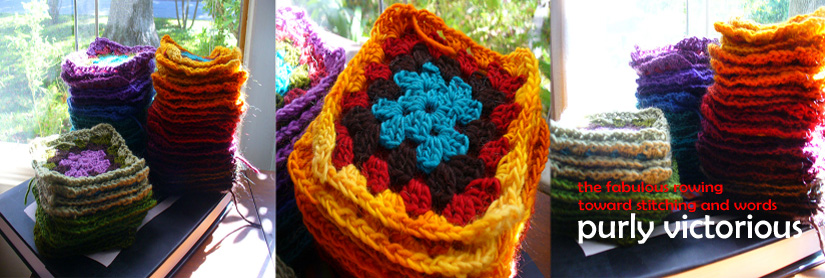Accounts vary, but by most she was an empathetic person. Likable? It's hard to say. I think her work remains controversial not because of its subject matter, but because of her way of portraying people. Look here here at her portrait of Anderson Cooper in his infancy. Most photographers would wait for a smile, an open-eyed stare, anything that doesn't say "funeral," as this image does. Here's another one, titled "Two Young Women with Down Syndrome." Something less than compassion seems to be going on here. Partly we're laughing with them. Partly, at them. Lastly, one of her most famous photographs, "Identical Twins". The image has an inexplicable darkness. Maybe it's the girls' expressions, which offer up the gamut of human emotion.
I found a fascinating piece in The Washington Post that features interviews with several of Arbus's subjects. Here's an excerpt:
The great recurring theme of Arbus's work is a sense of otherness, and if you talk to a few of her subjects you realize that in some cases she discovered that otherness in people and then committed it to film, and in other cases she somehow imposed it.
If she was "nice" or "sweet," it certainly didn't come out in her work. The twin girls are profiled in the article, and one of the most revealing comments comes from their father:
We thought it was the worst likeness of the twins we'd ever seen....
So then, it's the age-old question, Do we require our artists to be kind, likable people? Particularly our women artists? Is a little blackness okay in the essay or the photograph, but not in the artist herself? Does the bitch inside contribute to the depth of the art?



4 comments:
So interesting. I know a few people [including myself] who watch Fur and took that as reason to find more out about Diane.
I don't know if artists should be required to be nice per se. Of course it's always easier to appreciate another human being and their creations if we perceive them as nice. But art should be judged on its own merits not whether the artist is a likable person.
Uhhhmm going off on a tangent here: I think Anne behaviour was disrespectful and it wasn't necessary. Going on the situation you described, she could have handled the situation in a more amicable and professional way. There was no need to hang her dirty linen publicly.
I don't know if being 'nice' is a necessary commodity for an artist, but if you are going to write about finding fulfillment and happiness in life and then be a bitch in public, how credible does that make you? (please bear in mind that I don't even know the books either of the artists wrote)
One would think that if an artist is going to write on a certain subject, then she must have chosen her subject because of a certain amount of conviction. So coming across as mean publicly could cause someone to have second thoughts about her credibility.
I don't think that a female artist has to be sweet or nice in order to be successful, and a lot depends on the medium the artist uses to express herself. Cultural background also plays a role, what you or I might perceive as questionable, might be completely acceptable to some. Remember 'meanings are in people'.
I think that expressing 'blackness' in an essay and being mean-spirited in public are different things.
However, if I were to chose from either book, I wouldn't chose Anne's book, just because....
and I also wouldn't chose Elizabeth's because I am not religious.
I love a little bit of blackness in books and in art in general, whether the artist is female or male.
Heather
Day 13
Art can arise from many sources be it anger, starved, grace or peace and will be interpreted through different colored lenses. But bad manners is bad manners.
I don't know... I still can't get over the Woody Allen thing. I haven't seen one of his films since it happened in the nineties. I just don't want to be inside his head. Hi Sapp Mama! You're cute.
Post a Comment